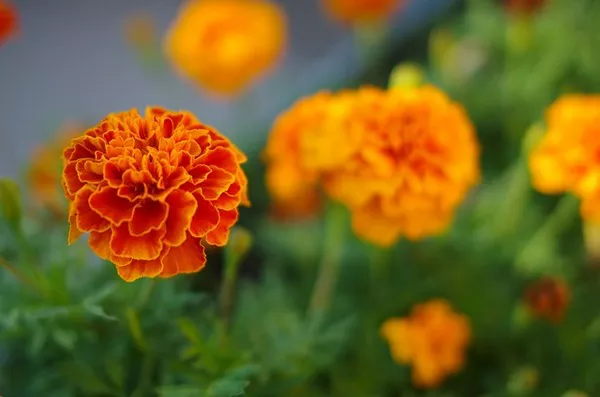Gerbera daisies, with their vibrant hues and striking appearance, have captured the hearts of many gardeners and flower enthusiasts around the world. Often referred to as the “queen of the daisies,” these flowers possess a unique charm that sets them apart from other varieties. In this article, we embark on a journey to unravel the mysteries of the Gerbera daisy, exploring its origins, characteristics, cultivation methods, and significance in various cultures.
Origins and History
The Gerbera daisy (Gerbera jamesonii) traces its roots back to South Africa, where it was first discovered in the 19th century by botanist Robert Jameson. Named after German botanist Traugott Gerber, these flowers belong to the Asteraceae family, which includes sunflowers, daisies, and asters. Initially found in shades of orange and yellow, Gerbera daisies have undergone extensive hybridization over the years, resulting in a wide array of colors, including pink, red, white, and even bi-colored varieties.
Characteristics
One of the most distinguishing features of Gerbera daisies is their large, colorful blooms, which can measure up to six inches in diameter. Each flower consists of numerous petals radiating from a central disk, creating a captivating display reminiscent of a miniature sunburst. The petals come in various shapes, ranging from rounded to elongated, adding to the diversity of the species.
Gerbera daisies are also known for their long, sturdy stems, making them ideal for floral arrangements and bouquets. Their foliage is typically dark green and glossy, providing an attractive backdrop to the vibrant blooms. These flowers are perennial in their native habitat but are often cultivated as annuals in temperate regions.
Cultivation and Care
Cultivating Gerbera daisies requires careful attention to their specific growing requirements. These plants thrive in well-drained soil with a slightly acidic pH level and ample sunlight. Adequate air circulation is essential to prevent fungal diseases, so it’s advisable to space the plants apart when planting them in the garden.
Gerbera daisies are sensitive to overwatering, so it’s crucial to water them sparingly, allowing the soil to dry out between waterings. Mulching around the base of the plants can help retain moisture and suppress weed growth. Regular deadheading of spent blooms promotes continuous flowering throughout the growing season.
In regions with harsh winters, Gerbera daisies can be grown as potted plants indoors or in a greenhouse to protect them from frost. Providing supplemental lighting during the darker months can help stimulate blooming.
Varieties and Hybrids
Thanks to extensive hybridization efforts, there is a wide range of Gerbera daisy varieties available to gardeners today. These include:
1. Single-flowered varieties: Characterized by a single row of petals surrounding the central disk, these varieties showcase the classic daisy appearance.
2. Double-flowered varieties: Featuring multiple layers of petals, double-flowered Gerberas create a lush, full-bodied look, resembling miniature peonies.
3. Miniature varieties: Compact in size with smaller blooms, miniature Gerberas are perfect for container gardens and small spaces.
4. Spider varieties: Named for their elongated, spiky petals, spider Gerberas add a unique texture to floral arrangements and bouquets.
5. Bi-colored varieties: These Gerberas boast petals with contrasting colors or intricate patterns, adding visual interest to any garden.
With new hybrids continually being developed, the possibilities for Gerbera daisy enthusiasts are virtually endless.
Symbolism and Cultural Significance
In addition to their aesthetic appeal, Gerbera daisies hold symbolic significance in various cultures around the world. In Western societies, these flowers are often associated with innocence, purity, and cheerfulness, making them popular choices for gift-giving on birthdays, anniversaries, and other special occasions.
In some Asian cultures, Gerbera daisies are believed to bring good luck and prosperity, particularly when placed in the home or workplace. In traditional Chinese medicine, certain parts of the Gerbera plant are used for their medicinal properties, including treating respiratory ailments and promoting relaxation.
Conclusion
The Gerbera daisy’s timeless beauty and versatile nature have cemented its status as one of the most beloved flowers in the world of horticulture. Whether adorning a garden bed, brightening up a bouquet, or conveying heartfelt sentiments, these charming blooms never fail to captivate the imagination. As we continue to explore the wonders of the natural world, the Gerbera daisy stands as a testament to the enduring power of botanical beauty.


